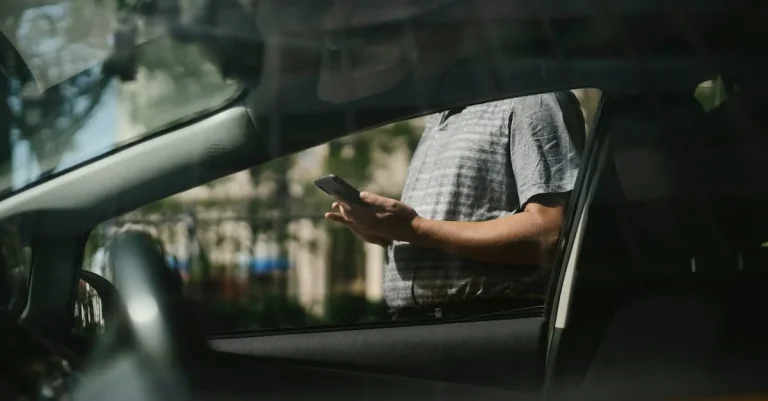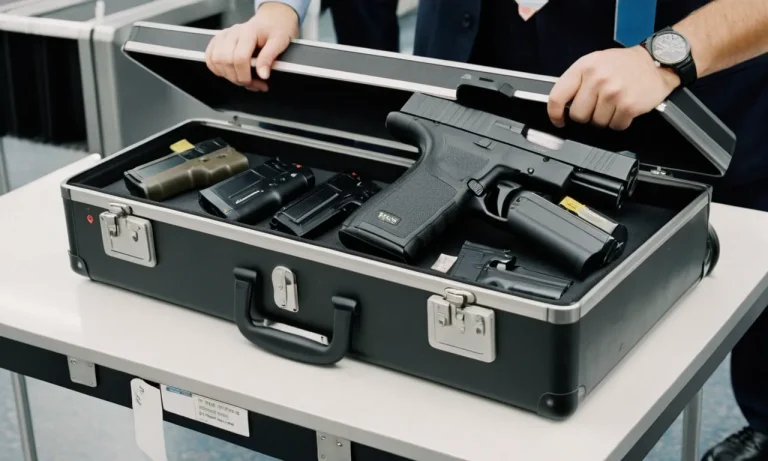For many travelers, taking a piece of paradise home is a cherished souvenir. But when it comes to sand, the rules become blurry. Can you bring sand on a plane? The answer is more complex than a simple yes or no.
This comprehensive guide will delve deep into the world of sand and air travel.
We’ll explore the ins and outs of TSA regulations, offer practical tips for packing and transporting sand, and answer all your burning questions about bringing this precious souvenir home.
Is Bringing Sand on a Plane Legal?
When transporting sand on an airplane, the regulations are quite complex and contain plenty of gray areas.
There are rules in place to protect ecosystems, prevent the spread of invasive species, and uphold aviation security standards.
However, the specifics depend on factors like your flight’s origin and destination, the type and quantity of sand, and more. Let’s break down some key considerations.
TSA Regulations: Understanding the Gray Area
According to the Transportation Security Administration (TSA), sand itself is not on the prohibited items list.
However, the TSA states that “officers may determine that an item, although not specifically prohibited, is dangerous and must be rejected.” This gives agents broad discretion.
For example, the TSA may flag a container full of sand as a potential hazard. Or, they may suspect you are using sand to obscure other banned substances during security scanning.
While the TSA doesn’t publish explicit sand limits, travelers report successfully bringing small, capped containers of sand measuring around 8 ounces.
International Considerations: Different Countries, Different Rules
When crossing international borders by air, the regulations become more stringent. Many countries have strict laws banning the import or export of sand, shells, corals, or other natural materials. For example:
- The U.S. Lacey Act prohibits transporting sand from most Caribbean nations.
- Australia imposes fines up to $93,000 AUD for sneaking sand off its beaches.
- In August 2022, a traveler was jailed after bringing sand home to Canada from Italy’s Sardinia island, violating local laws.
These crackdowns aim to combat beach erosion, protect fragile coastal ecosystems, and stop invasive species from taking root when foreign sand inadvertently contains their eggs or seeds.
Packing Sand for Air Travel: Best Practices
Choosing the Right Container: Secure and Leakproof Packaging
When packing sand for a flight, it is crucial to select a durable, leakproof container like a sealed plastic tub or heavy-duty zipper bag.
This prevents spillage that could damage luggage and draw scrutiny from airport security about prohibited items.
See-through containers also help inspectors identify harmless contents.
Labeling: Identifying Contents for Smooth Inspection
Clearly labeling containers with contents like “Play Sand” or “Decor Sand” helps inspectors understand the purpose and avoids unnecessary confiscated items.
Alternative acceptable labels are “Non-Hazardous Geological Sample” or “Beach Keepsake.” Including contact info also aids item return if seized.
Preparing for Potential Confiscation: A Backup Plan
Despite best practices, be mentally and logistically ready for potential sand confiscation during any luggage inspection.
Consider shipping samples to destination or buying local replacement sand upon arrival.
Rules tend to be more lenient leaving destinations than entering new regions to prevent invasive organisms.
Navigating Airport Security: Tips for a Smooth Experience
Communicating Clearly with TSA Agents: Honesty and Transparency
When going through airport security, it’s important to communicate clearly and transparently with TSA agents.
Being open and honest about any prohibited items in your bags will save everyone time and headaches.
Although it may be embarrassing to pull out that forgotten bottle of water or pair of scissors, admitting mistakes upfront is the best policy. As the saying goes, “honesty is the best policy.”
Agents may ask you to open your luggage and examine the contents. Cooperate politely, even if it seems intrusive.
Understanding Security Procedures: Patience and Cooperation
Airport security procedures can feel tedious, but try to approach them with patience and cooperation. Agents are just doing their jobs to keep everyone safe. If selected for additional screening, stay calm and remember that it’s nothing personal.
Millions fly every day without incident thanks to these precautions.
Be prepared for security by wearing easily removable shoes and minimizing carry-on bags. Using TSA-approved luggage locks enables agents to inspect bags without damaging them if needed.
Pack medication, cash, jewelry, electronics and other valuables in your carry-on rather than checking them to better monitor these items.

Alternative Souvenirs: Embracing Eco-Friendly Options
While sand or seashells may seem like perfect vacation mementos, removing these items from protected shorelines can damage fragile ecosystems.
For example, emptying sand depletes beaches and deprives baby sea turtles of needed nesting grounds.
Consider choosing eco-friendly alternatives that don’t jeopardize the environment such as a reusable water bottle or tote bag featuring the destination name.
Many tourists wish to respect customs laws yet also take home unique souvenirs. Purchasing items from local artisans supports cultural heritage while avoiding accidentally taking protected specimens.
For example, handmade driftwood art incorporates natural materials without depleting them.
If traveling with kids, have them create artwork capturing special memories rather than collecting natural items.
Beyond the Airport: Bringing Sand Home
Customs Regulations: Knowing Your Destination’s Laws
When returning from a beach vacation with sand or seashells, it’s important to know your destination country’s regulations.
Some places ban or restrict importing natural materials to prevent introducing invasive species.
Customs prohibits bringing sand into Hawaii and some islands to protect native ecosystems. Consider shipping souvenirs ahead to avoid complications.
Quarantine Procedures: Avoiding Unwanted Pests
Natural materials like sand can inadvertently introduce non-native species that damage local environments.
Tiny egg casings or larvae may lurk unseen. That’s why some regions require quarantining or treating items, usually by freezing or heating to kill organisms.
Storing Your Souvenir: Preserving Sand for the Long Term
To keep beach sand as a lasting memento, display it in clear sealed containers to retain its pristine condition. Plastic screw-top jars work perfectly.
Layer sand with shells or stones for a decorative effect. For sand art, apply glue to the bottle’s inner surface first so sand sticks when rolled.
However, uncured sand may slowly break down ceramics or glass over years due to its abrasive silicate composition. For functional items like sand timers, choose thick lead crystal with smoothed interior walls.
Also, don’t use craft sand or play sand; genuine beach sand makes the quintessential vacation keepsake.
Conclusion
Bringing sand on a plane requires careful consideration and planning. While it’s technically allowed by the TSA, various factors can influence whether it will be permitted through security.
By understanding the regulations, packing smartly, and communicating effectively, you can increase your chances of bringing home a piece of your adventure.
Ultimately, the decision of whether or not to bring sand on a plane rests with you. Weigh the risks and rewards carefully, and ensure you follow all relevant regulations to avoid any inconvenience or disappointment.
Remember, there are always alternative ways to remember your travels without harming the environment or violating airport security. Explore eco-friendly souvenirs and embrace the memories you create rather than the physical possessions you acquire.






